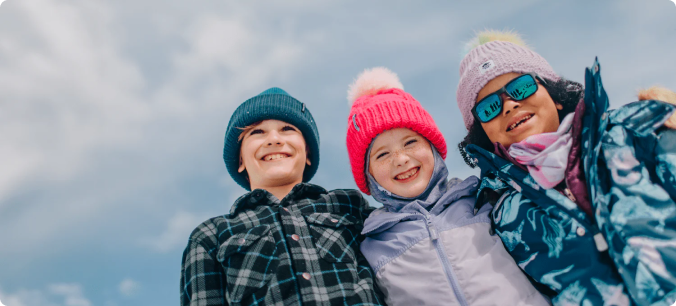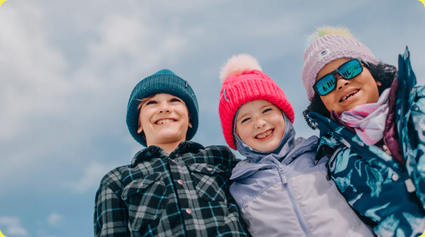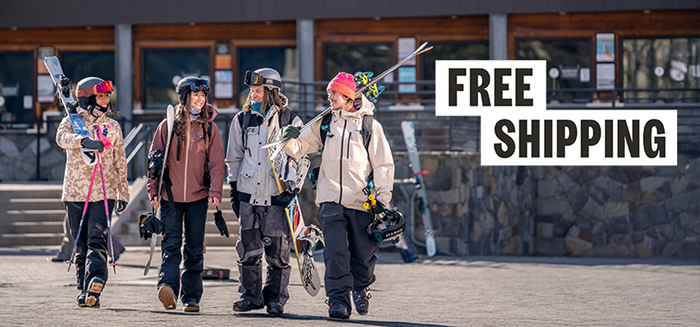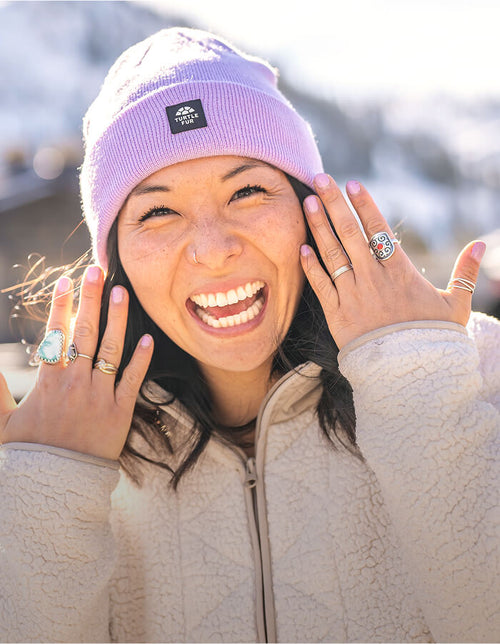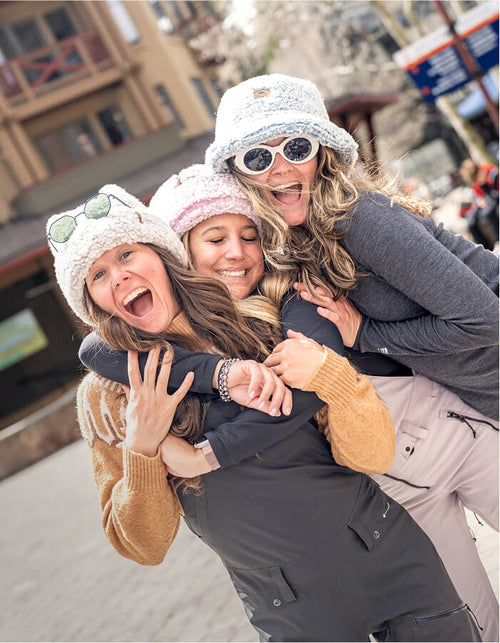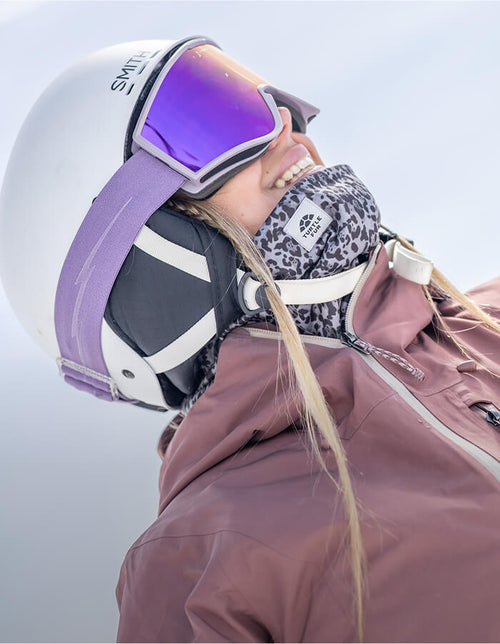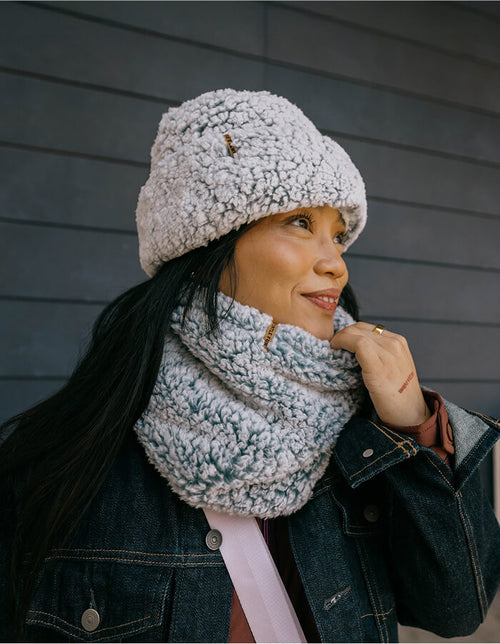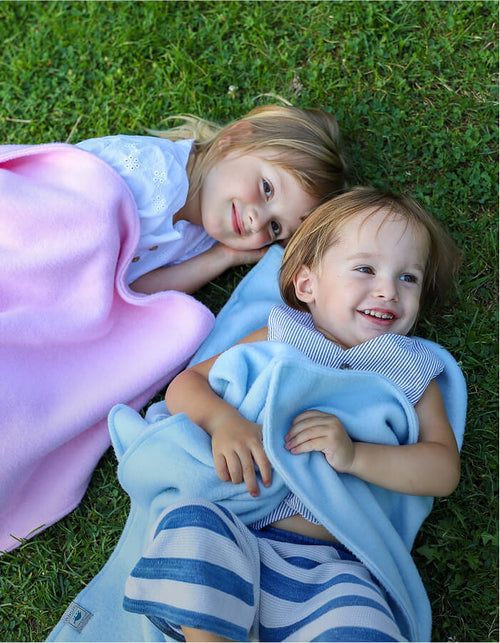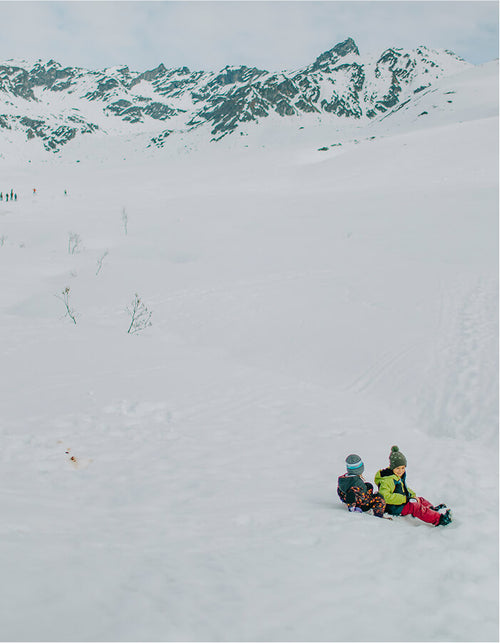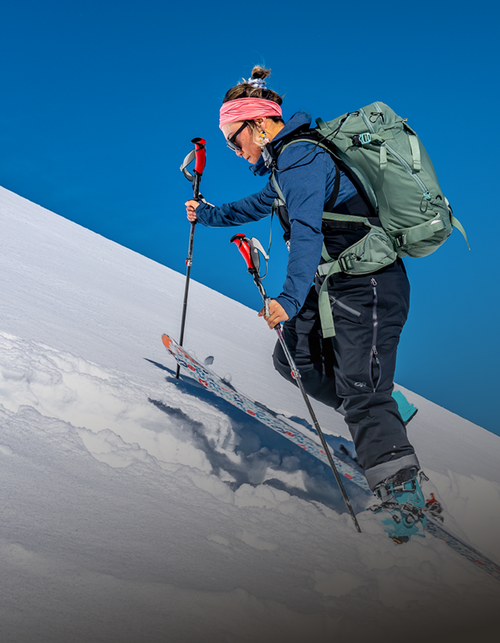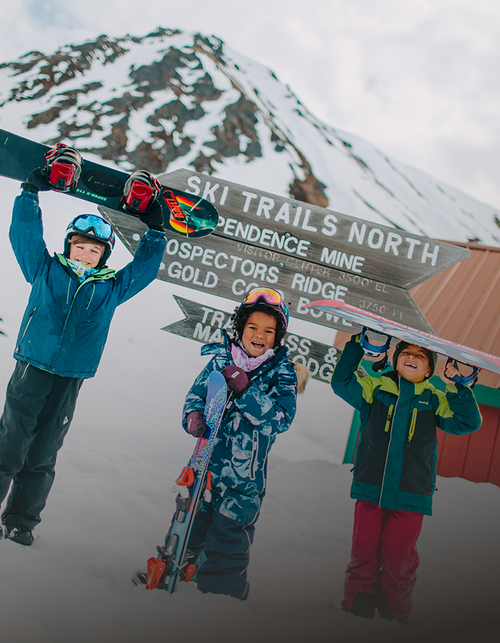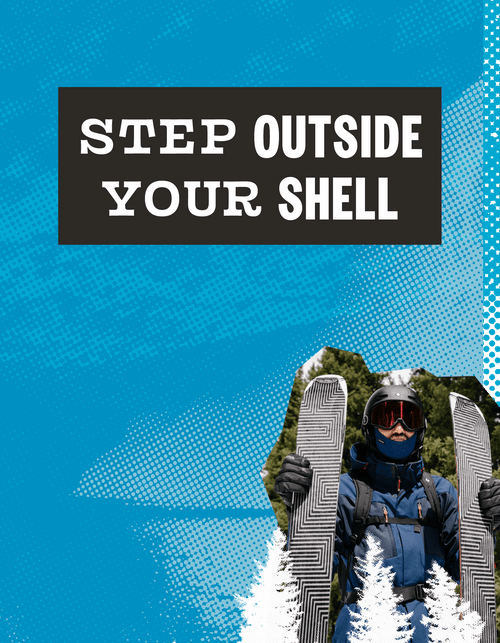Meet The Designer: Meghan Ksiazek
Meet Turtle Fur's Head of Design, Meghan Ksiazek.
How long have you been at Turtle Fur?
16 years
When did you know you wanted to be a designer?
I had about 50 different career path choices, and for a long time I wanted to be a physicist, because I’m really good at physics (and trigonometry, statistics – I love that stuff). I also really wanted to be a zoologist, but I was terrible at biology, so I thought I would go with the other side of my world.
I was a very crafty child, and I actually wanted to be a jewelry designer for a long time (I made all my own jewelry). When I was a kid, I used to go to yard sales and antique stores and collect old jewels and make them into crazy, wild, long, multi-hinged earrings. My mom came from a family of 8 and she was the one who sewed everyone’s clothes, and she sewed a lot when I was growing up. So she used to make all my clothes when I was little. And then when I was in high school I was extraordinarily small and nothing fit me, so I would have to buy clothes and adjust them myself or they all got remade at a seamstress to fit me. And then I started making a few things on my own for myself.
I went to college for design, and when I got out of college, I did a mentorship with a local artist and learned how to do carved applewood jewelry (creating the designs, setting the stones, etc.). For my wedding, I made a big wooden crown with set stones in it. I also designed and made my own wedding dress. I was a dragonfly. I bought the corset and built around it. It was black, purple, and blue.
What was your first job out of college?
After graduating in 2002, I did some design, pattern, and prototyping work for Salaam (just outside of Montpelier). Then I came to Turtle Fur as a design department assistant and did all the grunt work of the department, and then became a junior designer.
Meghan, her husband, and her two daughters
What is your favorite part of being a designer?
One of my favorite parts of being a designer is seeing things that you’ve made out in the world, on people. To know that you’re touching so many people out in the world that don’t even know you exist. To see the physical manifestation of your work is something that a lot of people don’t get to experience and it’s always fun to be like “oh I designed that!”. It’s amazing to see your product in the most random of places (for example, we went to the Olympics and the family sitting next to us was all wearing Turtle Fur).
What’s your favorite product on the new line?
The Overhoods. I’m outside a lot in the winter and they definitely keep you warm and comfortable. I like that I can wear it with or without a helmet depending on what I’m doing outside. So if I’m running an event and don’t need to have my helmet on, I can put on my overhood and stay warm. Or if I’m out riding and it’s a cold day, I can wear it over my helmet. It also keeps the sun off my face (which is important because I’m a sun-sensitive individual). And it’s never soggy and gross when I come back from a day on the mountain, which is really nice. I appreciate that it stays dry and happy. Basically, I feel like I’m the embodiment of a teddy bear when I put one on.
The overhood is all the things that Turtle Fur represents. Something that feels good to wear, and suits everyone's need. I see kids, teenagers, parents (young AND old) wearing them. There is no generational gap in its appeal, which is a rarity.
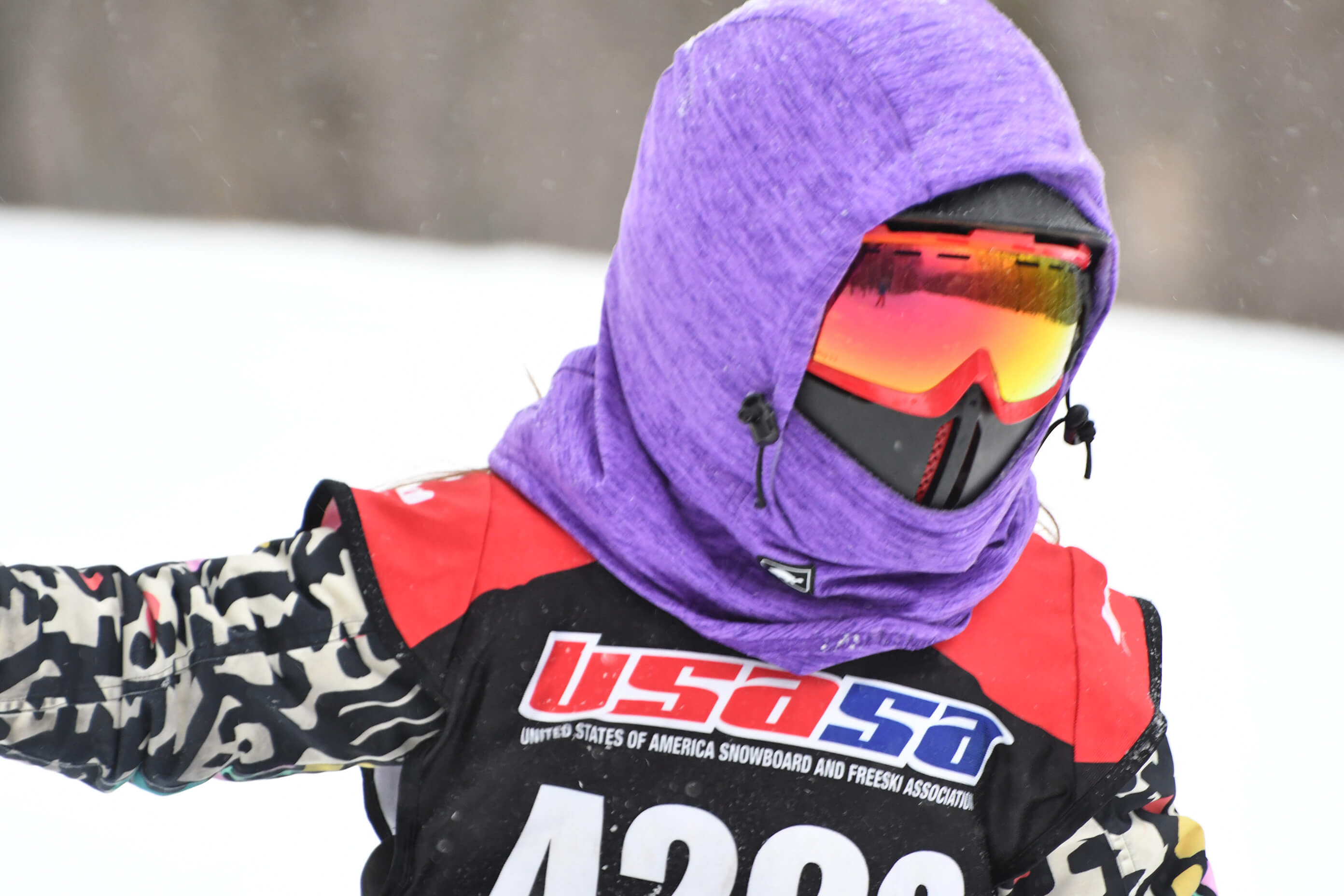
When you first designed the overhoods for Turtle Fur, was there someone you had in mind who would be wearing them? And has that changed?
When I first designed the overhood, I had the teens / young twenties market in mind (it hadn’t trickled to kids and adults at that point). I would put them on my kids in really fun prints and people would stop me and ask where I got them. Now we design them for everyone.
How do you design a product that appeals to everyone?
It’s really tricky, and I have to balance offering things that are appealing to a broad audience while also sprinkling in some conversational or more trend-oriented prints so that it’s still communicating with a younger market. There are some prints though that just appeal to everyone – for example, the magical unicorn print (which was designed with kids in mind but adults love as well). Another one was the mushroom one (one of the originals) that I loved to pieces and my 8 year old would steal it and wear it.
Are there any upcoming trends you’re really excited about?
I’m really excited about embracing the sustainable agenda, in that it’s becoming an expectation instead of a whim. It gets woven into everything you do, every time you make a choice. Now, when I make choices, there is a voice in the back of my mind saying “how can I justify this?”. I’m excited to start making a bigger impact within the company and within the products.
How do you stay up to date on trends?
I have the never-ending-research-brain and the ability to constantly consume visual things. I can spend months looking through prints – all day, every day. And I do. I can do the same thing with images. You find, as you keep looking through images, trends will just naturally come to the surface. I also go to a lot of different sites (and magazines, Instagram feeds, etc.) and seminars. We buy Pantone trend books every year, which I’m constantly churning through. It’s also important for me to get outside, get to different mountains, meet new people, explore shops. I’d much rather go to a shop and just look around as though it’s a living website rather than purchase anything - I want to see and touch and feel, and I get excited about new things (and get discouraged when things are boring). I collect mad amounts of things like a hoarder and then pick out the things I want to keep. It’s how my mind functions for every design season.
There is this thing that happens in creative minds - their brains work a little differently. A creative mind gets really invested, works really hard, solves the problem and figures it out, makes their thing, and then as soon as they finish it and they’re totally pleased with it – they’re over it. It’s done. And that’s because their mind has to move on. They can’t get stuck on that one thing, or they will never create another thing. So they have to have this ability to emotionally disconnect from each thing they create.

